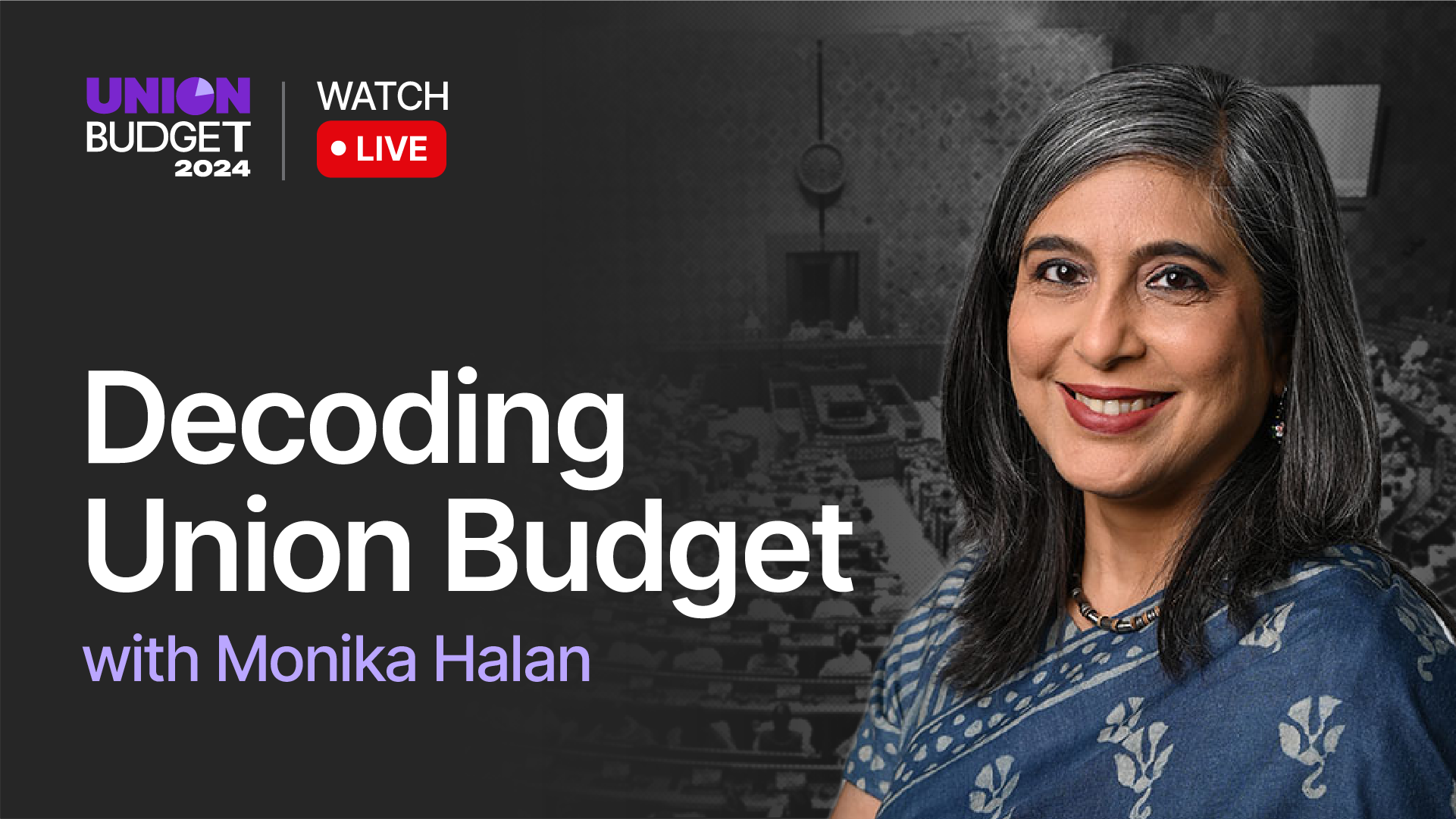Business News
Can Budget 2024 make India an electronics and apparel manufacturing hub?

4 min read | Updated on January 25, 2024, 14:08 IST
SUMMARY
By learning from the policy successes of our neighbors, Vietnam & Bangladesh, and addressing internal challenges, India can untether its sizeable manufacturing potential.

The meteoric rise of Vietnam in electronics manufacturing offers valuable lessons for India.
Key Takeaways
- Analyzing the policy frameworks of Vietnam and Bangladesh can offer valuable insights for India's budgetary interventions in electronics and apparel manufacturing.
- Streamlining tax structures, offering targeted incentives, and reducing import duties can significantly enhance cost competitiveness in both sectors.
- Building strong foundations: Robust infrastructure development, efficient logistics networks, and upskilling initiatives are crucial for creating a conducive manufacturing environment.
- Focusing on long-term sustainability, environmental considerations, and ethical labor practices will ensure India's manufacturing prowess stands the test of time.
Electronics: Taking a Cue from Vietnam's Growth Story
Vietnam's meteoric rise in electronics manufacturing offers valuable lessons for India. Open trade policies, zero tariffs on imported components, and dedicated industrial parks with tax breaks have significantly reduced production costs in Vietnam, attracting major investments and propelling export growth.
In contrast, India's high import duties, complex tax structures, and infrastructural limitations hinder its competitiveness.
The 2024 budget can provide a much-needed boost by -
- Reducing import duties on electronic components, particularly for high-growth segments like semiconductors and printed circuit boards.
- Simplifying the tax regime for electronics manufacturers, offering targeted tax breaks and exemptions for specific export-oriented zones.
- Emulating Vietnam's industrial park model by creating dedicated electronics manufacturing zones with streamlined procedures, efficient infrastructure, and single-window clearances.
Apparel: Stitching Together a Competitive Edge with Bangladesh
Bangladesh's success in apparel manufacturing lies in its duty-free access to major markets, streamlined export procedures, and targeted tax incentives for export-oriented companies.
While India boasts a more diversified apparel industry, it faces trade barriers, complex regulations, and higher labor costs compared to Bangladesh.
The budget can address these challenges by -
- Negotiating free trade agreements with key markets to increase market access and reduce export costs.
- Streamlining trade regulations and procedures, focusing on digitalization and automation to expedite approvals and clearances.
- Implementing sector-specific PLI schemes for high-value apparel segments, encouraging investments in cutting-edge technologies and skill development.
Building a Robust Foundation for Manufacturing Success
Beyond tax and trade interventions, the budget should prioritize infrastructural development to create a seamless manufacturing ecosystem.
This includes investments in
- Modernizing transportation networks like railways, roads, and port infrastructure to facilitate swift movement of goods and materials.
- Upgrading power generation and distribution to ensure reliable and affordable energy supply for uninterrupted production processes.
- Developing robust logistics infrastructure like warehousing facilities, cold storage chains, and advanced tracking systems to optimize logistics operations.
Skilling the workforce is equally crucial to maintaining a competitive edge. Vocational training programs tailored to the evolving needs of the electronics and apparel industries can bridge the skills gap and ensure a readily available pool of skilled workers.
Sustainability and Ethical Practices: Long-Term Considerations
While cost competitiveness is essential, the budget should consider prioritizing sustainable practices and ethical labor standards. This includes -
- Resource allocation to ventures that promote environment-friendly manufacturing processes by incentivizing the use of renewable energy, cleaner technologies, and waste reduction strategies.
- Upholding fair labor practices through stricter enforcement of regulations, ensuring minimum wages, and promoting worker welfare initiatives.
Conclusion
By adopting a holistic approach that addresses policy gaps, infrastructural shortcomings, and long-term sustainability concerns, the 2024 budget can pave the way for India's emergence as a true manufacturing leader.
Learning from the successes of its neighbors and implementing strategic interventions will be key to stitching together a competitive edge and wiring sustained growth in both the electronics and apparel industries. This, in turn, will create jobs, contribute to economic growth, and solidify India's position on the global manufacturing map.
About The Author
Next Story

